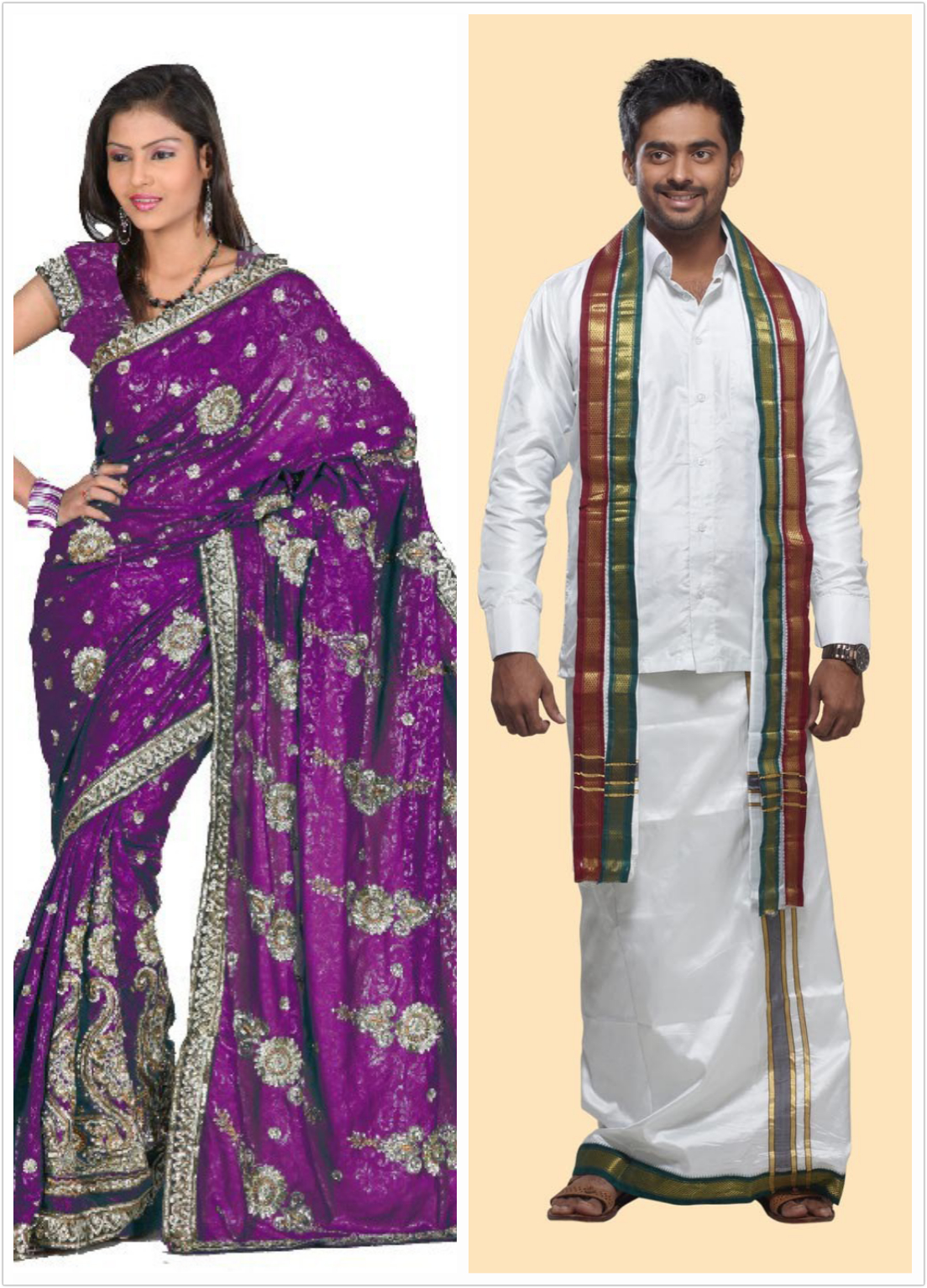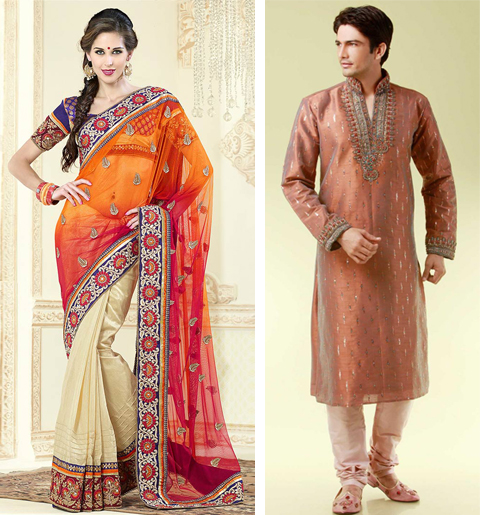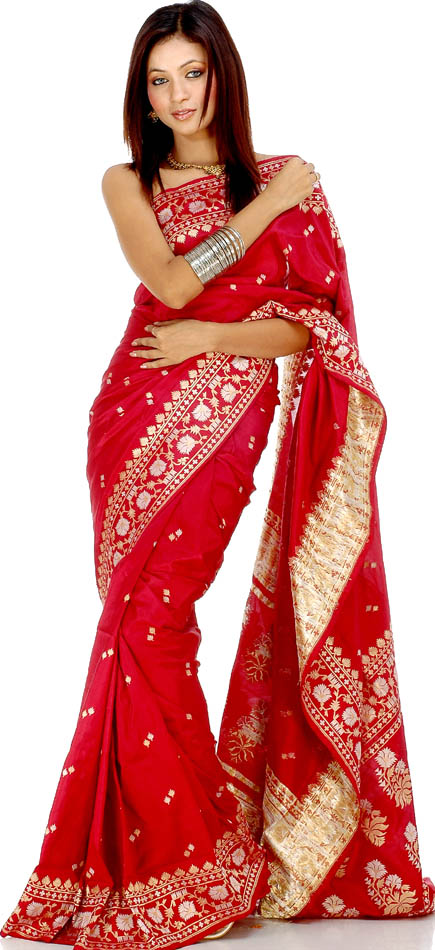Traditional Indian Clothing in Malaysia A Vibrant Tapestry
The vibrant colors, intricate designs, and flowing fabrics of traditional Indian clothing create a captivating spectacle in Malaysia's multicultural landscape. From the bustling streets of Kuala Lumpur to the serene temples of Penang, these garments are a testament to the rich cultural heritage of the Indian diaspora.
Indian traditional attire in Malaysia reflects a blend of regional Indian styles and Malaysian influences, showcasing the dynamic interplay of cultures. This attire isn't merely clothing; it's a living expression of identity, tradition, and artistry. Understanding its significance offers a glimpse into the heart of the Malaysian Indian community.
This exploration delves into the fascinating world of Indian garments in Malaysia. We'll uncover the history behind these stunning pieces, examining their origins and evolution. We will also discuss the cultural importance of this attire and how it continues to thrive in modern Malaysia, adapting to contemporary trends while retaining its core values.
The spectrum of traditional Indian clothing in Malaysia is vast. From the elegant saree, a symbol of feminine grace, to the comfortable dhoti worn by men, each garment tells a story. The salwar kameez, a popular choice for women, offers a blend of comfort and style, while the kurta, a traditional tunic for men, showcases a classic aesthetic. These garments are often adorned with intricate embroidery, vibrant colors, and precious embellishments, reflecting the artistry and craftsmanship of their creators.
Beyond the individual garments, exploring Indian traditional attire in Malaysia unlocks a deeper understanding of cultural identity and the preservation of heritage. This vibrant tapestry of textiles represents a journey through time, connecting generations and celebrating the enduring spirit of a community.
The history of Indian clothing in Malaysia is interwoven with the history of Indian migration to the country. Beginning in the early 19th century, Indians arrived primarily as laborers during British colonial rule, bringing with them their cultural traditions, including their clothing. Over time, these styles evolved, influenced by local Malaysian customs and climate, resulting in unique variations.
Traditional Indian attire holds immense cultural significance for the Indian community in Malaysia. It represents a connection to their ancestral roots, a symbol of pride and identity in a multicultural nation. These garments are worn during religious festivals, weddings, and other important occasions, signifying respect for tradition and cultural heritage.
The saree, for example, is more than just a piece of cloth; it's a symbol of femininity, grace, and cultural pride. The dhoti, traditionally worn by men, represents simplicity and cultural heritage. The salwar kameez provides a practical yet elegant option for everyday wear, showcasing the adaptability of traditional attire.
One of the benefits of wearing traditional Indian clothing is the preservation of cultural heritage. By continuing to wear these garments, the Malaysian Indian community ensures that their traditions are passed down through generations. Another benefit is the promotion of cultural diversity within Malaysia. The vibrant display of Indian clothing contributes to the rich tapestry of cultures that make up the nation.
One of the challenges faced is the potential for cultural appropriation. It's important to appreciate and respect the cultural significance of these garments, avoiding their use as mere fashion statements without understanding their context. A solution is to educate oneself about the history and meaning behind the clothing, ensuring that its cultural significance is honored.
Advantages and Disadvantages of Maintaining Traditional Indian Clothing
| Advantages | Disadvantages |
|---|---|
| Preservation of cultural heritage | Cost of maintaining traditional wardrobes |
| Promotion of cultural diversity | Challenges in adapting traditional styles to modern trends |
Frequently Asked Questions:
What is a saree? A saree is a long piece of unstitched fabric, typically worn by women, draped over the body.
What is a dhoti? A dhoti is a piece of unstitched cloth, traditionally worn by men, wrapped around the waist and legs.
What is a salwar kameez? A salwar kameez is a three-piece outfit consisting of a tunic, trousers, and a scarf.
What is a kurta? A kurta is a loose-fitting tunic, traditionally worn by men.In conclusion, traditional Indian clothing in Malaysia represents a vibrant tapestry of culture, history, and artistry. From the elegant saree to the comfortable salwar kameez, these garments tell stories of heritage and identity. Preserving these traditions is crucial for maintaining cultural diversity and passing on a rich legacy to future generations. By appreciating the beauty and significance of Indian attire, we celebrate the vibrant cultural mosaic of Malaysia. We encourage further exploration of this fascinating subject and invite readers to learn more about the rich traditions of Indian clothing in Malaysia. Embracing and respecting these cultural expressions enrich our understanding of the diverse world we live in. Let us continue to celebrate the beauty of cultural diversity and the enduring power of tradition.
Unlocking cebu city living your guide to urban deca homes
Navigating ea fc 24 transfer market restrictions
Unlocking opportunities the power of a strong resume contoh contoh resume untuk pelajar













